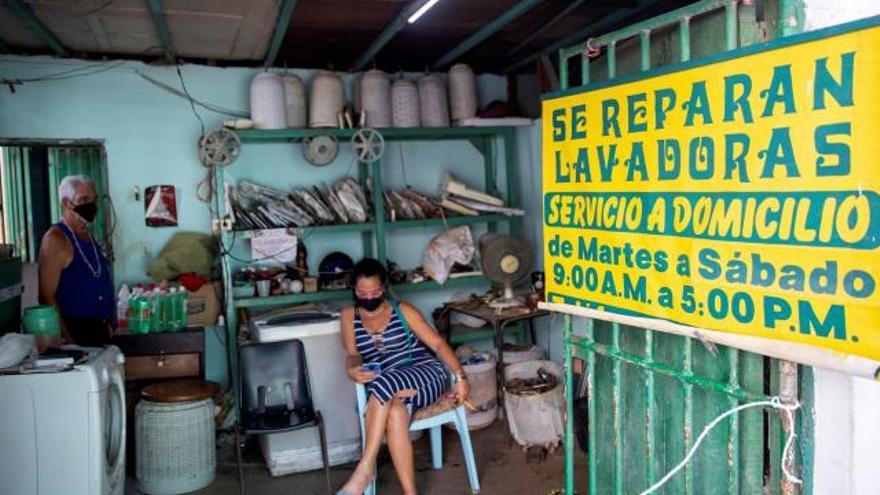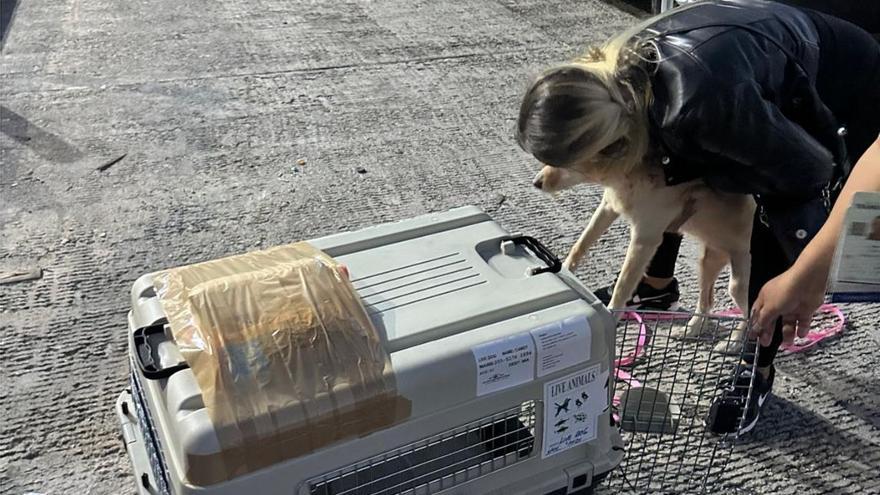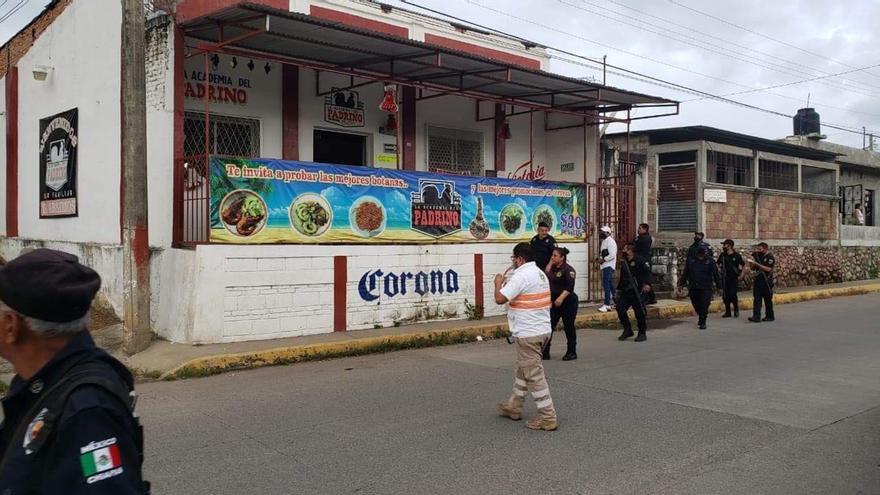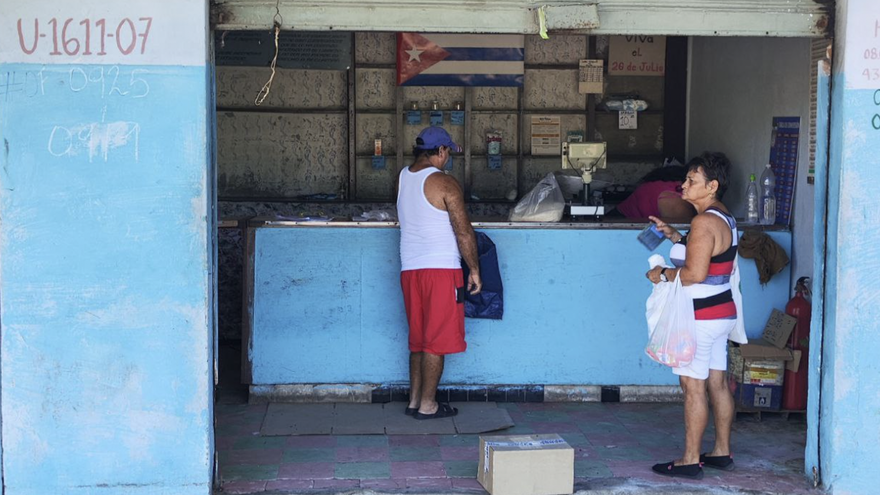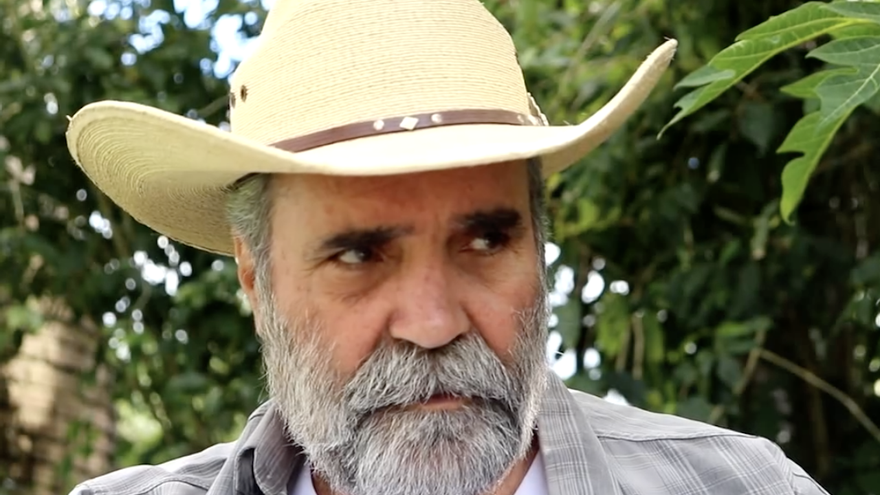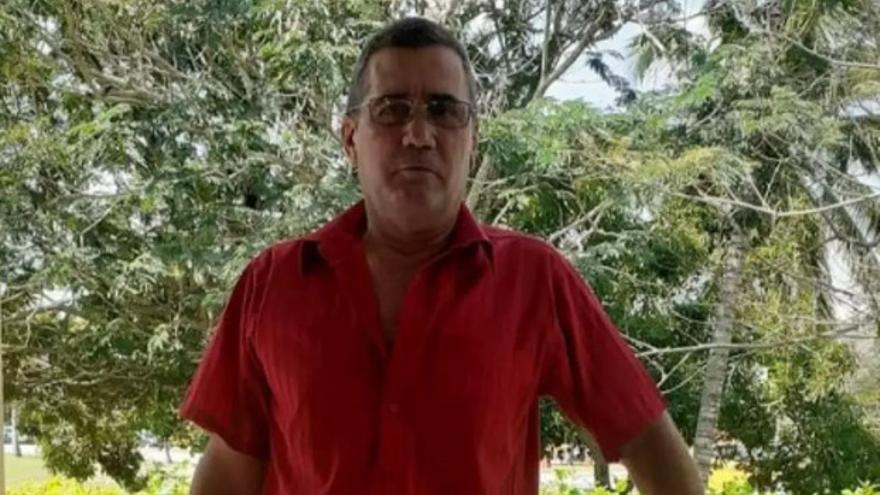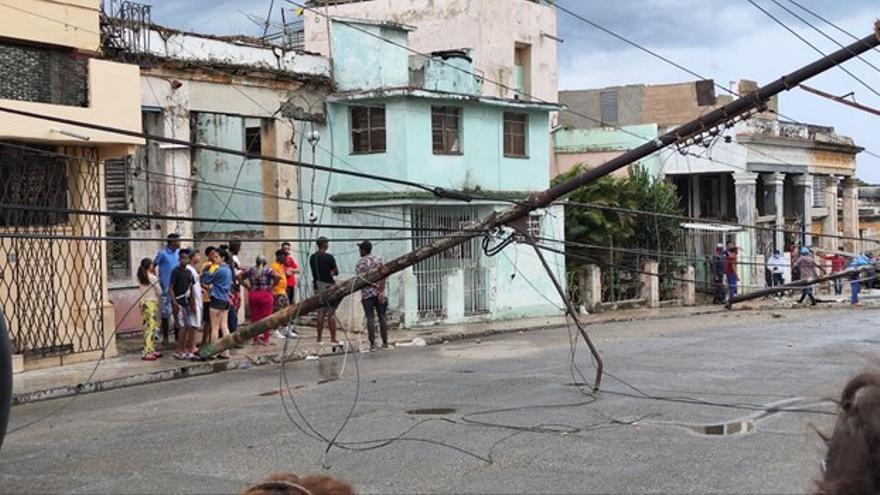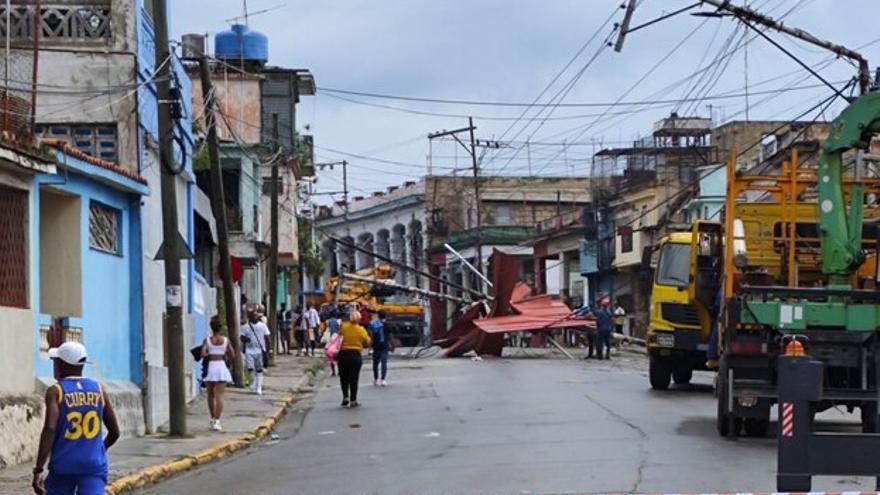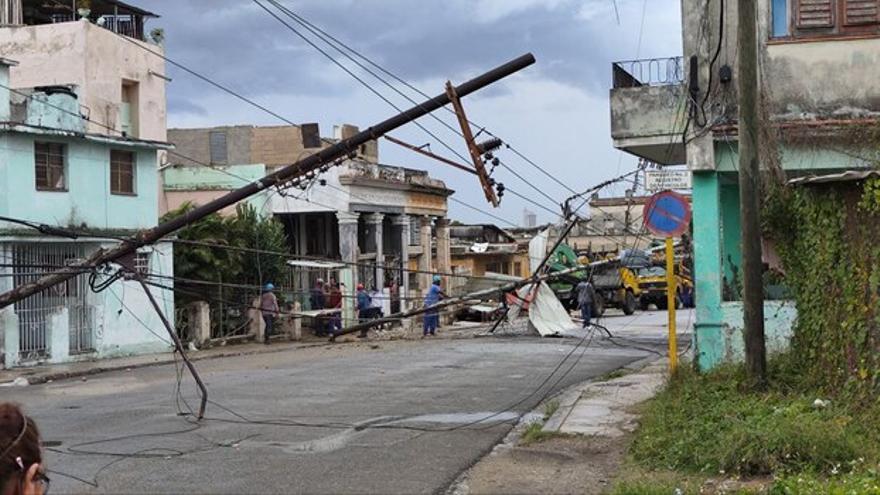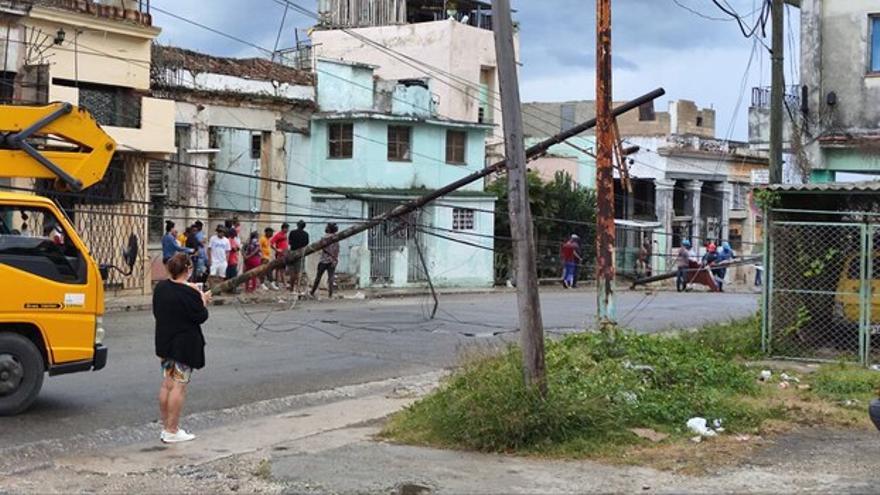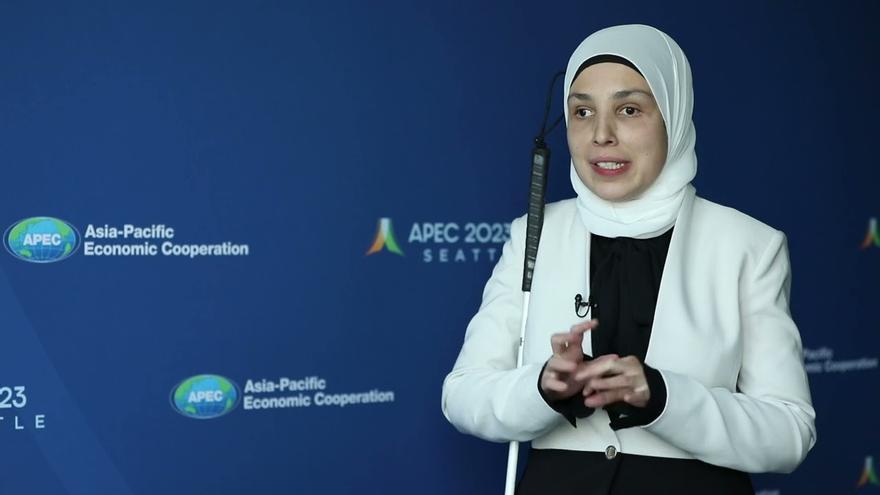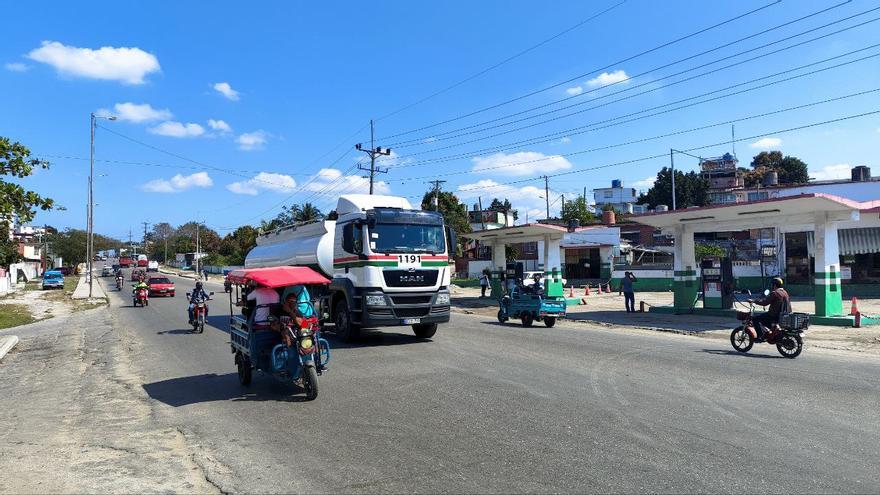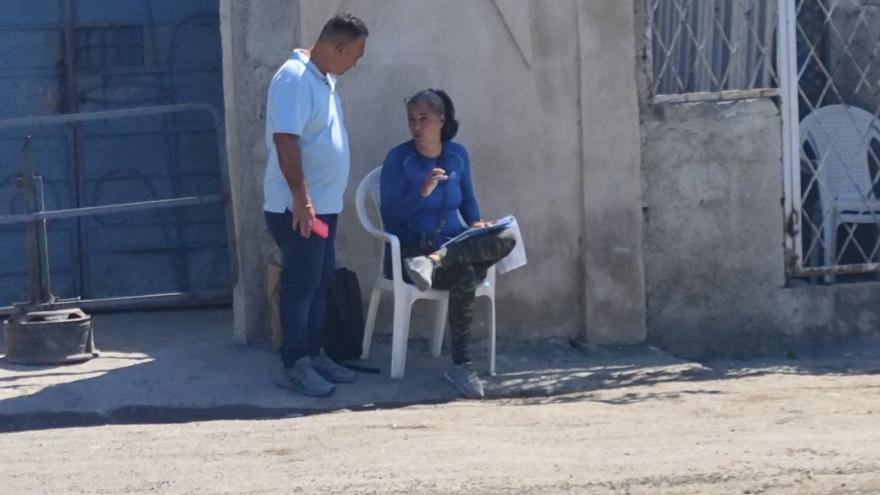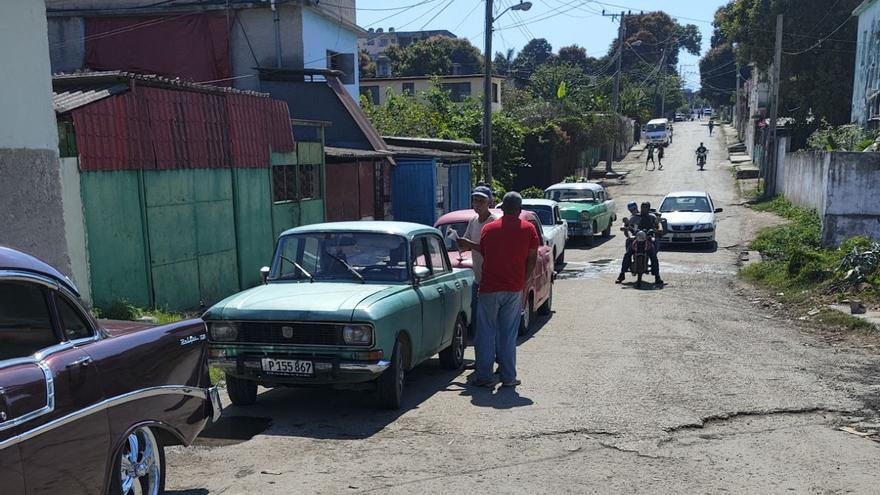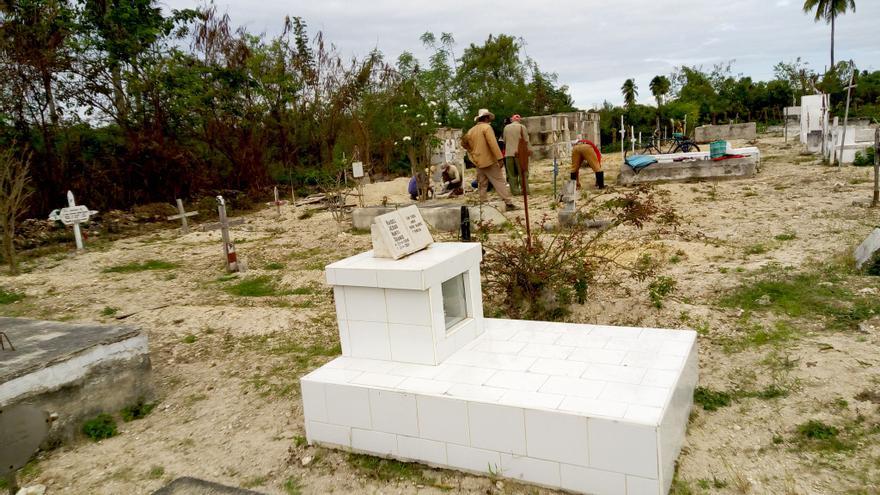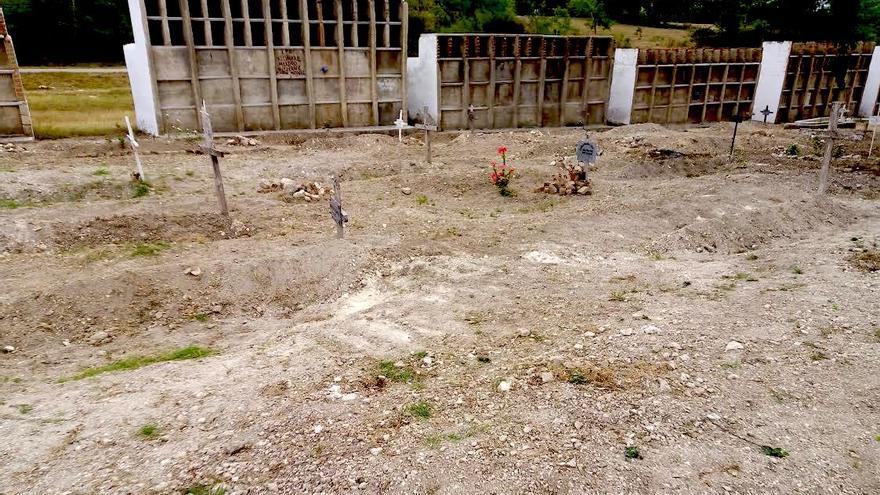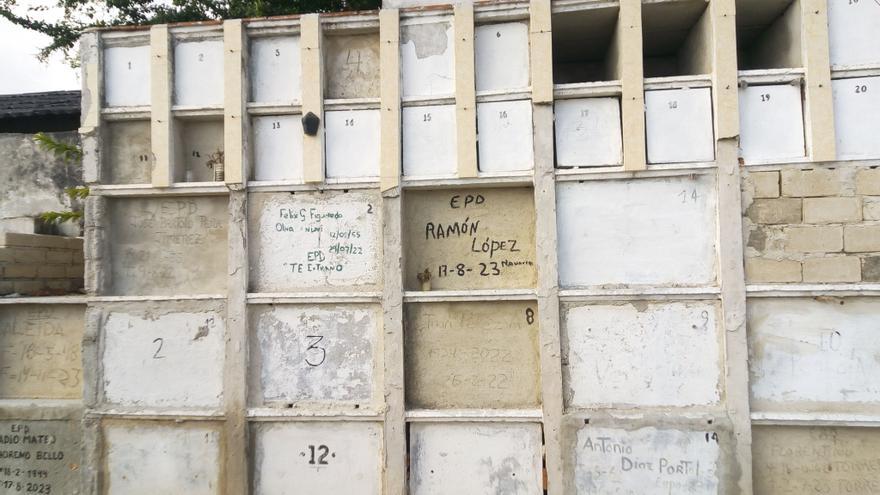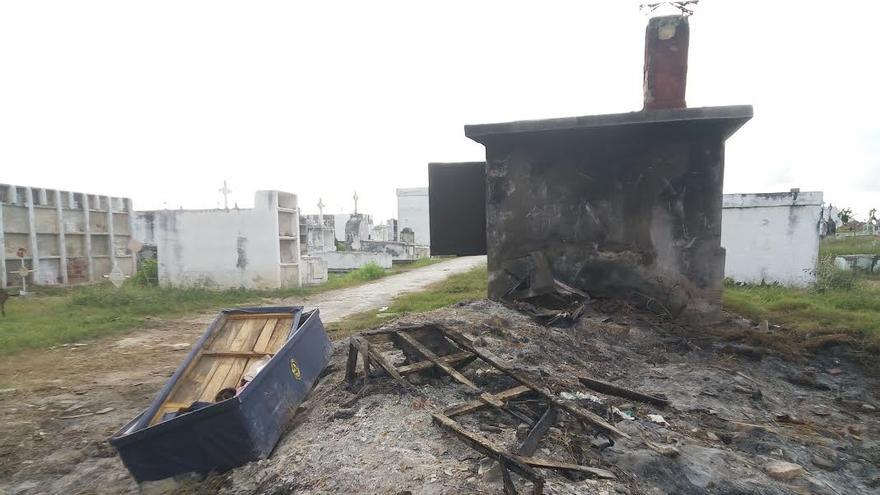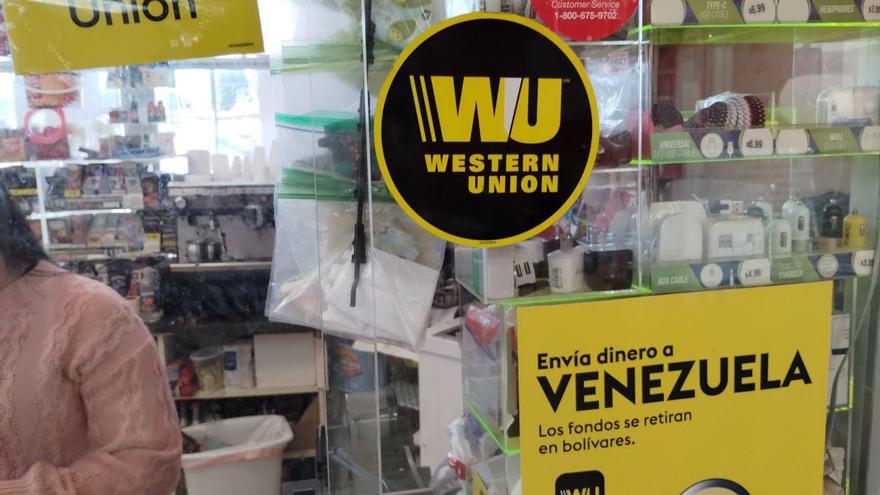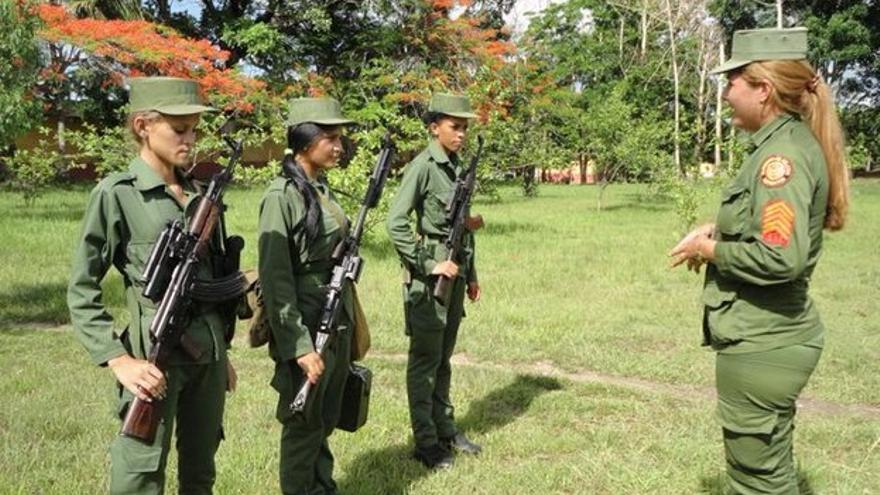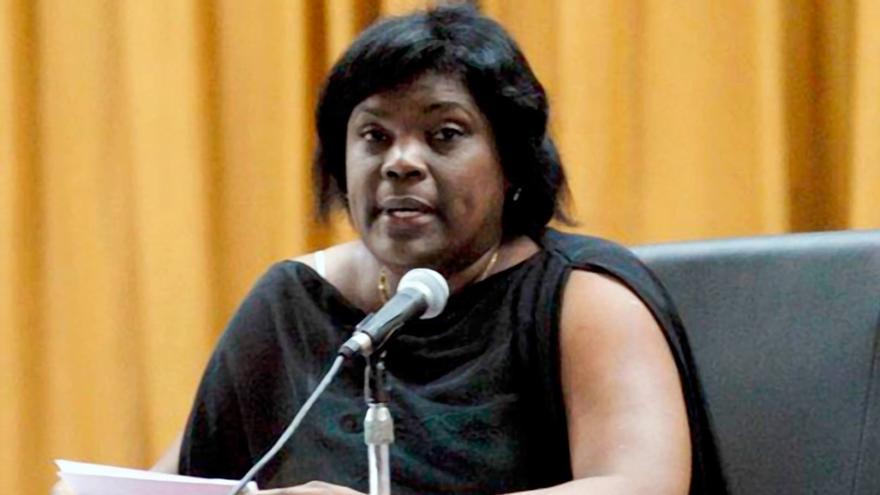Marill Domenech opens the new section by describing the well-known panorama that remains at the dismissal of the former Minister of Economy and Planning, Alejandro Gil. In summary: year-on-year inflation that exceeds 30% in the formal market, depreciated wages, exports 30% lower in 2022 than in 2019, imports 25% more expensive, four consecutive years of double-digit fiscal deficits with respect to gross domestic product (GDP) and devastated national production. continue reading
The production of the agricultural and livestock sector was, in 2022, 37.2% lower than in 2019, the manufacturing industry 32% lower, and electricity generation 25% lower, according to official data
A few brief brushstrokes are enough: the production of the agricultural and livestock sector was, in 2022, 37.2% lower than in 2019, the manufacturing industry 32% lower, and electricity generation 25% lower, according to official data.
How to solve it? “With internal efficiency,” says Marill Domenech in a simplistic text that contrasts with his previous articles by being more concrete. In this case, the economist speaks of two groups of “distortions” that exist in the Cuban economy and includes high fiscal deficits, dollarization and the lack of exchange rate unity.
In his opinion, that is the first of the areas that must be addressed, since a fiscal deficit of more than 147 billion pesos such as the one planned for 2024 is being solved with monetary issuance – obviously, without support – that increases the money in circulation and, in turn, raises prices in the free market due to the insufficiency of the supply of goods.
That spiral continues because the national currency has lost value in the face of currency competition. The consequence is a tremendous lack of incentives for domestic production in the face of the attractiveness of export. From there we reach the situation of the informal foreign exchange market – triggered today, when the euro reached 300 pesos – that “conditions unequal access to the currencies that enter the country via remittances and tourism, privileging non-state economic actors many times with low added value, while excluding access to state companies and all their installed productive potential,” the expert summarizes.
According to his balance sheet, it is an urgent matter to correct this distortion, but his proposal of how to do it is not very concrete, although it supposes a call to the Central Bank of Cuba to take real command of economic policy and stop responding to political decisions.
“The recovery of the official foreign exchange market should be a first step in a more substantive and comprehensive exchange transformation, which sets its final objective in the definitive exchange unification, and, together with fiscal stability and de-dollarization, allows finally making the national currency the center of the country’s economic and financial system,” he says.
His proposal to address macro changes rather than microeconomic changes clashes again with the ideas that Pedro Monreal puts on the table, focused on the taxation of small and medium-sized enterprises
His proposal to address macro changes rather than microeconomic ones clashes again with the ideas that Pedro Monreal puts on the table, focused on the taxation of small and medium-sized enterprises. While Marill Domenech talks about transforming the “regulatory schemes, incentives, functioning of the markets and the business fabric” to boost productive activity, Monreal asks for tax incentives for private individuals just when one of them, the main one enjoyed by the MSMEs – exemption from the payment of taxes for two years – comes to an end.
The official argument for eliminating it is, in the opinion of the independent economist, questionable, based on political demands and not on the criteria of officials of the Ministry of Economy. “The explanation that two years have passed since the exemptions for the benefited companies were adopted does not deny that new companies should not be helped, nor that this is not beneficial for the national economy. Does any data prove otherwise?” he asks rhetorically.
Monreal asks for the stimulation of the newly created MSMEs with initial exemptions and reduced rates, as is done in other countries, in addition to taxing net profits and not income, an anomaly in the international panorama. The economist also puts his finger on the sore point of a specific sector: food production, which if it is really the priority, as the Government has stated, should retain tax privileges, at least temporarily.
“It is striking that, despite recognizing the need to increase the percentage of MSMEs with internal resource processing activities, exemptions are not applied, even if they were limited to those activities,” he highlights in his analysis on social network X.
On the contrary, Monreal maintains that the privileges that should end are those of foreign investment companies: “More taxes would be collected than those that will be obtained by eliminating exemptions to new MSMEs.” In his opinion, it is not even proven that tax exemption is effective to attract foreign investment, nor is it debated.
Monreal maintains that the privileges that should end are those of foreign investment companies: “More taxes would be collected
Monreal’s concreteness is diluted in the text of Marill Domenech, who also talks about incentives and regulatory rigidities without pointing out proposals, and launches ideas on what to do, but not about how to do it. Among them he cites “transformations in the socialist state enterprise, especially its governance mechanisms, incentive schemes, organizational structure, as well as bankruptcy and reorganization procedure, up to modifications in the planning mechanisms, which contribute to a true decentralization in access to resources through the establishment of formal and orderly markets of currencies and inputs that gradually replace centralized distribution as a fundamental allocation mechanism and help a true financial and economic autonomy of the business fabric.”
The text has, ultimately, suggested measures similar to those proposed by Monreal but something invites us to think that there is fear when verbalizing the proposals – “on the way to recovery it will undoubtedly have to assume difficult moments,” he warns – and it is not surprising. The latest economic reforms proposed in the National Assembly in December – and to which the text itself refers – have remained stuck, allegedly due to cybersecurity problems.
Nothing has been revealed about that alleged external virus that attacked the Fincimex system and forced, according to the official version, the postponement of the rise in fuel prices without setting a date for implementation. However, Cubans do not doubt that there is something more behind the forced departure of former minister Alejandro Gil. There is talk of a struggle between the two “souls” (factions) of the Communist Party – the reformist and the orthodox. For the latter, the changes that had to be made in 2024 were inadmissible. As long as this dispute is not settled, Cuba is condemned to immobility and the unstoppable degradation of the standard of living of its population.
Translated by Regina Anavy
____________
COLLABORATE WITH OUR WORK: The 14ymedio team is committed to practicing serious journalism that reflects Cuba’s reality in all its depth. Thank you for joining us on this long journey. We invite you to continue supporting us by becoming a member of 14ymedio now. Together we can continue transforming journalism in Cuba.
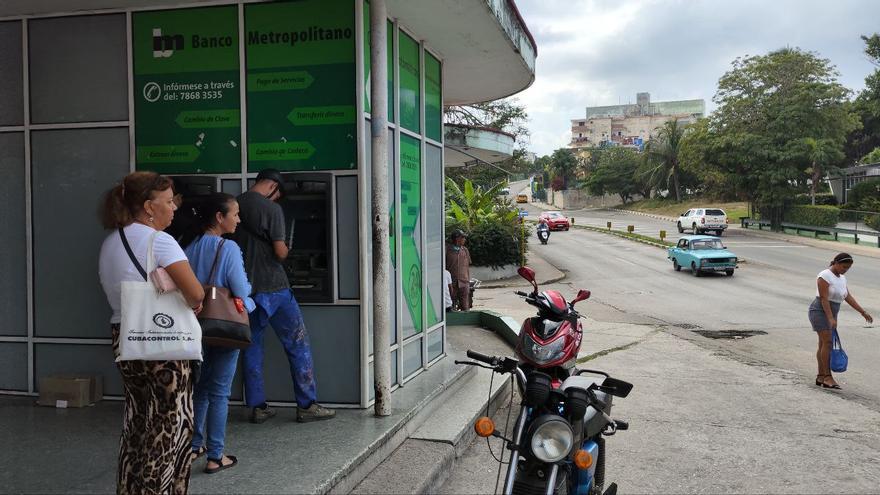
![]() 14ymedio, Havana/Miami, 6 February 2024 — Western Union plans to resume the remittance service to Cuba on April 1. That is the date they gave to 14ymedio in calls to two offices in the United States. The employees did not know how to answer why it will take so many months to restore the transfers. “There are problems with the banks in Cuba, and that has caused us to stop sending money; they are still working to solve the problems,” they said.
14ymedio, Havana/Miami, 6 February 2024 — Western Union plans to resume the remittance service to Cuba on April 1. That is the date they gave to 14ymedio in calls to two offices in the United States. The employees did not know how to answer why it will take so many months to restore the transfers. “There are problems with the banks in Cuba, and that has caused us to stop sending money; they are still working to solve the problems,” they said.
